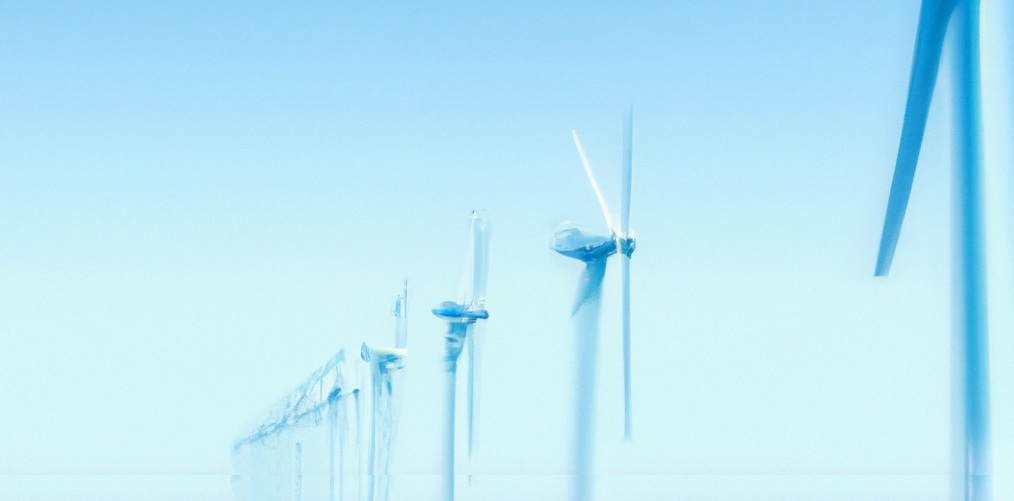Germany's Minister of Economics and Climate, Robert Habeck, has announced plans to significantly increase the country's wind power generation in an effort to reach climate neutrality by 2045 and increase the share of renewable energy to 80% by 2030. While the country has set a goal to reduce greenhouse gas emissions by 65% by 2030 compared to 1990 levels, Habeck has acknowledged that this goal will not be met. In the past three years, only 3,490 megawatts of wind power have been erected on land in Germany, and Habeck has stated a goal of building 5 GW of wind power per year, which is equivalent to approximately 1,250 4 MW wind turbines, or about 3.4 per day. However, in the first half of 2022, only 238 new wind turbines with a total of 977 MW were installed, and industry service IWR expects around 2,000 installed MW for the full year, which falls short of Habeck's goal.
One of the main challenges in expanding wind power in Germany is the limited availability of suitable land for wind turbines. Only 13.8% of Germany's land is suitable for wind turbines, but currently only 0.8% is officially designated for this use. Habeck aims to increase this to 2% through the Wind on Land Law, which goes into effect on February 1, 2023. The law aims to increase the available land for wind turbines, improve the reconciliation of wind power with nature conservation, and streamline planning and approval processes. However, reconciliation with nature conservation can be a challenge, as roughly half of all lawsuits against wind projects in Germany are brought by animal rights activists. Additionally, bureaucracy and poor infrastructure can also be obstacles, with planning periods for wind turbines sometimes taking up to seven years and expensive detours required due to poor infrastructure.
Another challenge in expanding wind power in Germany is the shortage of skilled workers, with a study estimating a shortage of up to 767,000 by 2035 in fields such as electricians, technicians, and crane and truck drivers. To address these challenges, the government could consider repowering older wind turbines with newer models, introducing differential contracts, and investing in training and immigration to address the skilled worker shortage. In recent years, the renewable energy sector has seen significant job losses, including 40,000 wind energy jobs, and several wind energy companies have gone bankrupt. To achieve Habeck's ambitious goals, it will be important to address these challenges and find ways to support the growth of the renewable energy sector in Germany.

